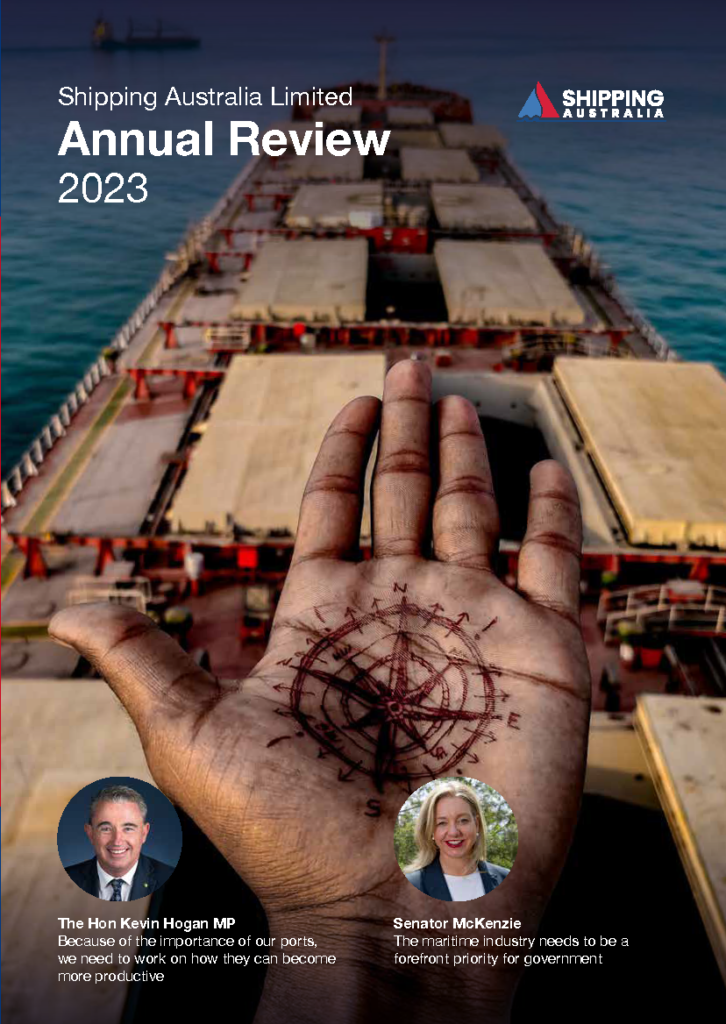
Global engineering company Wärtsilä has begun testing ammonia as a fuel that can be used in the shipping and energy sectors for power generation.
The International Maritime Organization’s vision of reducing greenhouse gas emissions from shipping by at least 50% by 2050. Ammonia is a candidate for being the marine fuel of choice because it does not produce the climate-change gas carbon dioxide during combustion. It’s also a lot cheaper and easier to handle than liquefied hydrogen.
Wärtsilä has been injecting ammonia into a combustion research unit. Initial testing has led to continued research on both dual-fuel and spark-ignited gas engines. Field tests are planned from 2020 onwards.
Promising results
“The first tests have yielded promising results and we will continue to optimise combustion parameters,” said Kaj Portin, General Manager, Fuel & Operational Flexibility, Wärtsilä Marine. “This is an important step in making sure that Wärtsilä can provide the engine and fuel systems that ship owners need, whichever fuel they choose in the future.”
Wärtsilä reports that it is working on developing a complete ammonia fuel solution comprising engines, fuel supply and storage. It adds that it is working with ship owners, shipbuilders, classification societies and fuel suppliers to learn more about system and safety requirements, as well as fuel composition, emissions and efficiency.
Chemical compound
Ammonia (NH3) is a chemical compound composed of one nitrogen molecule and three hydrogen molecules. More typically it used as feedstock for the production of other chemicals, as a fertilizer or as a refrigerant.
The by-products of ammonia combustion are water and nitrogen – a gas that accounts for about 78% of the existing atmosphere. Unfortunately, it doesn’t have anywhere near the same energy value as petrol or diesel. It is interesting to note that ammonia has an energy value somewhere near the lower-valued types of coal too.
The gas can be turned into a liquid by either dropping the temperature to -33 degrees Celsius or by subjecting it to roughly about ten to 15 times atmospheric pressure at 20 degrees Celsius. Ammonia would naturally convert back to a gas at atmospheric temperatures and pressures.
Storable and transportable
All of that’s important for a few reasons. Compared to say, hydrogen, it is relatively easy and cheap to liquefy. Secondly ammonia can be stored in a pressurised container, which makes it as storable as propane. Or it can be transported as a low-temperature liquid. Both ways of storing ammonia, whether as a pressurised or cold liquid, means it is easily transportable by ship.
Ammonia is already manufactured in large commercial volumes. About 14 million tonnes were produced in the United States alone last year. It could be scaled up further.
Nasty, nasty, stuff
But there are a couple of problems with ammonia. Today it is produced by burning fossil fuels which defeats the point of using ammonia as a carbon-dioxide free fuel. That may change in the future as the use of renewable energy becomes more widespread.
Ammonia smells foul and it is nasty, nasty, stuff. Exposure to ammonia can destroy the tissues of the human eyes, lungs and skin. Exposure will result in a variety of increasingly worse injuries and, ultimately, death. So it will need to be handled very carefully in the event it finds widespread use as a fuel source in the marine industries.


